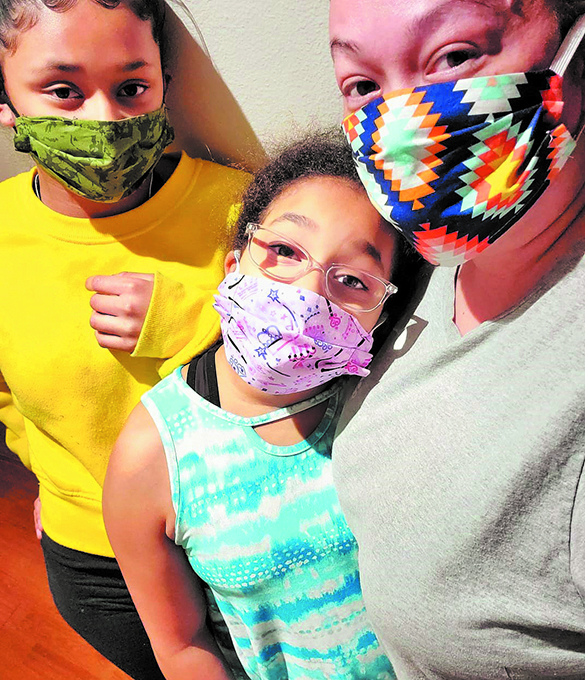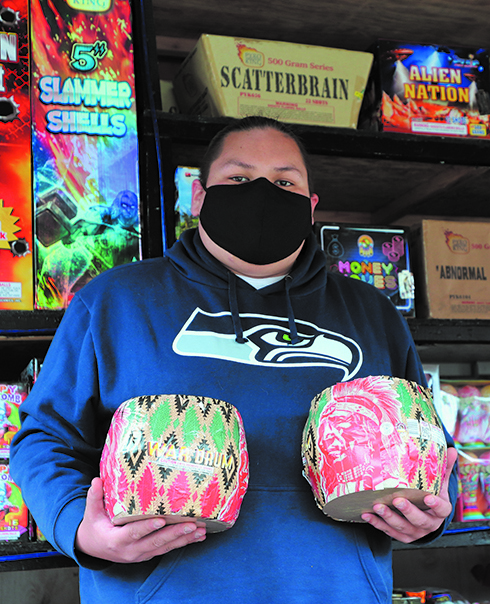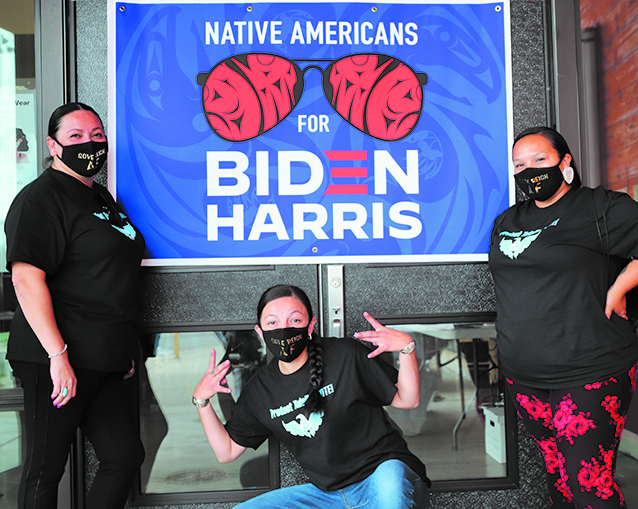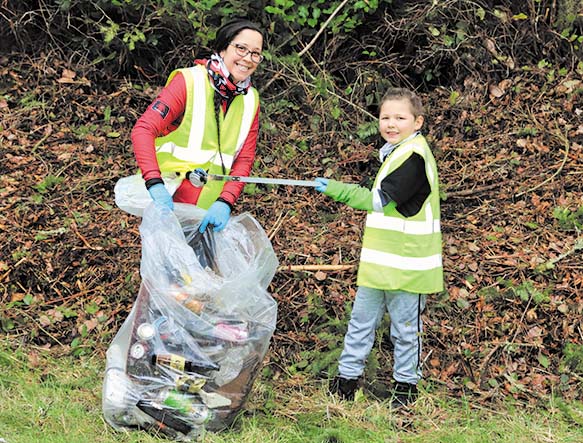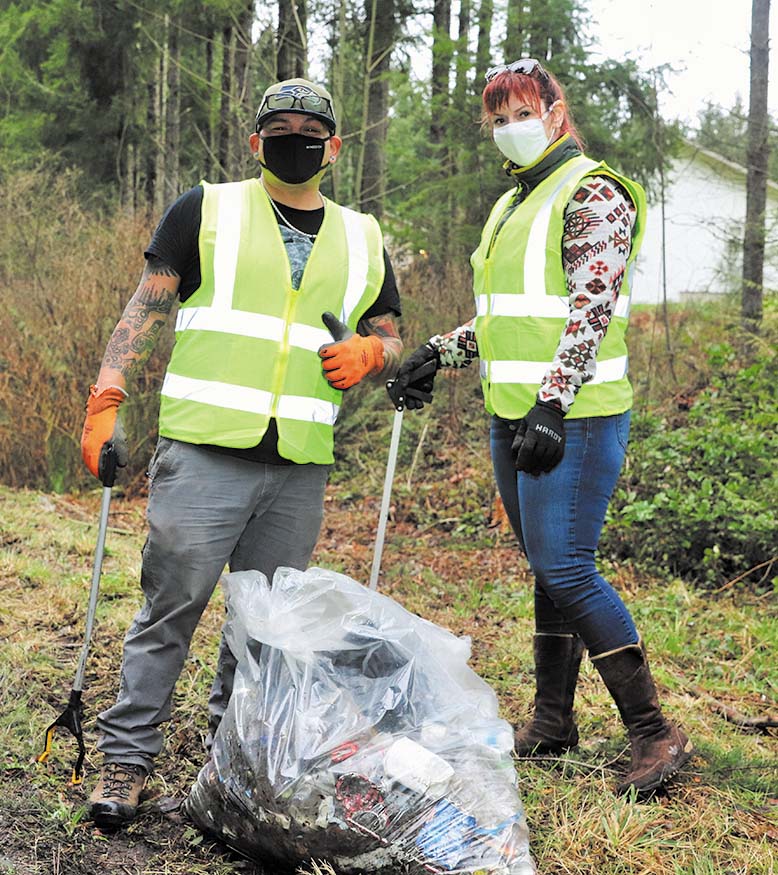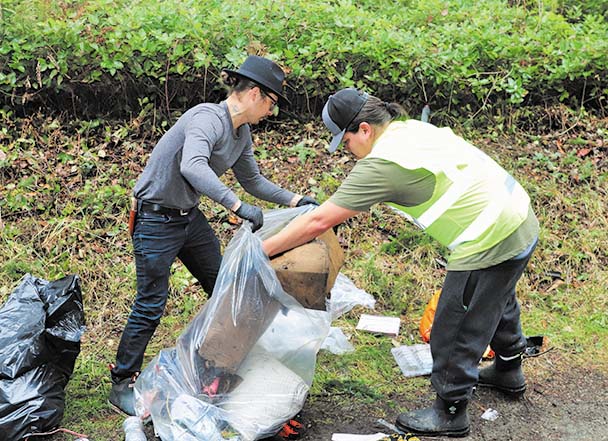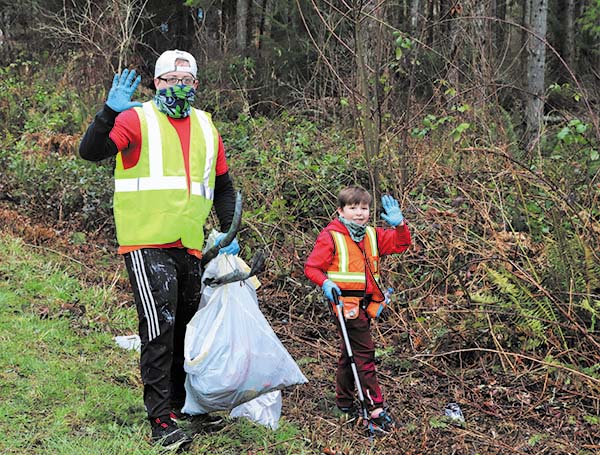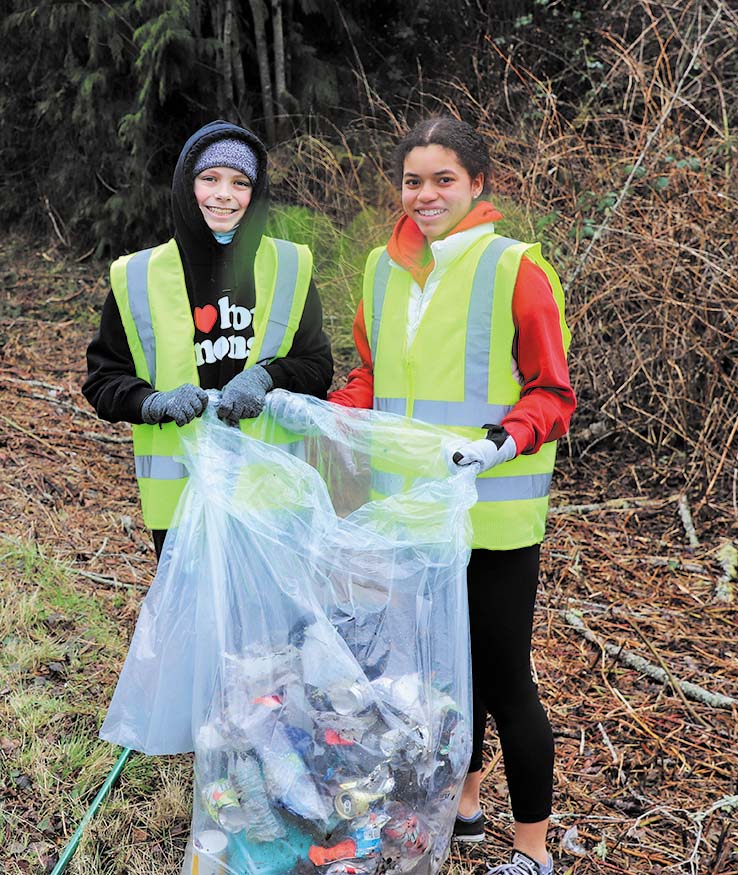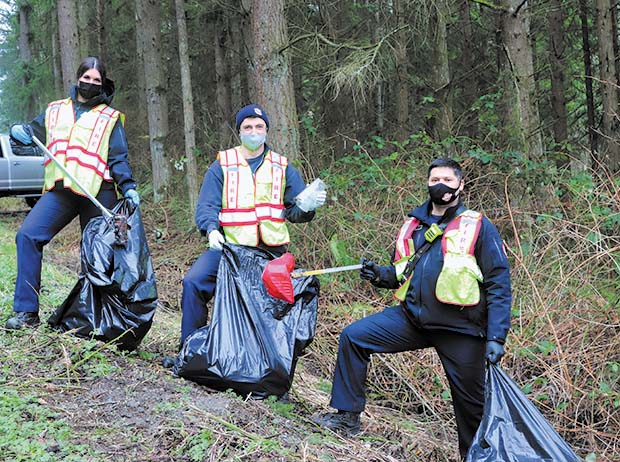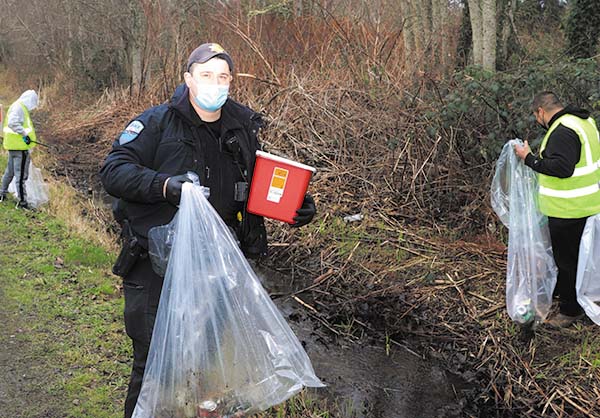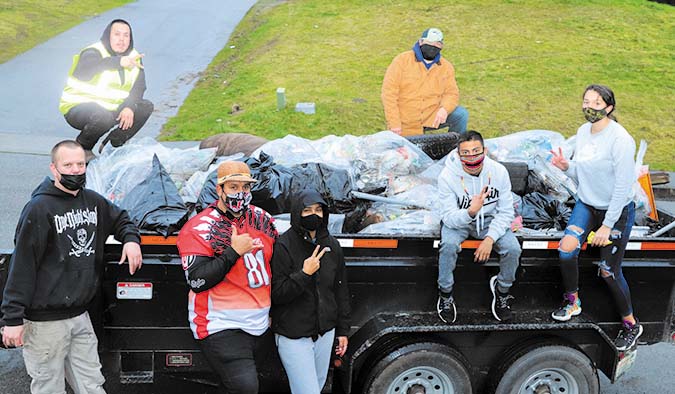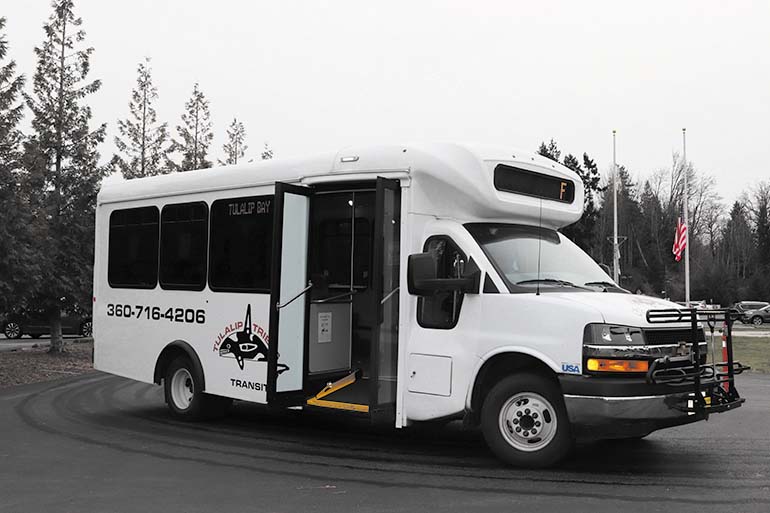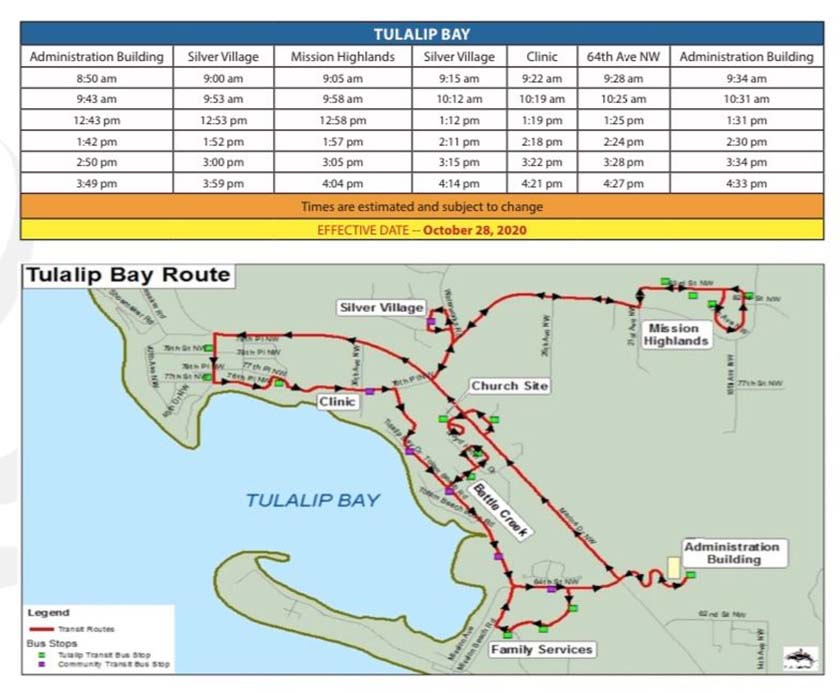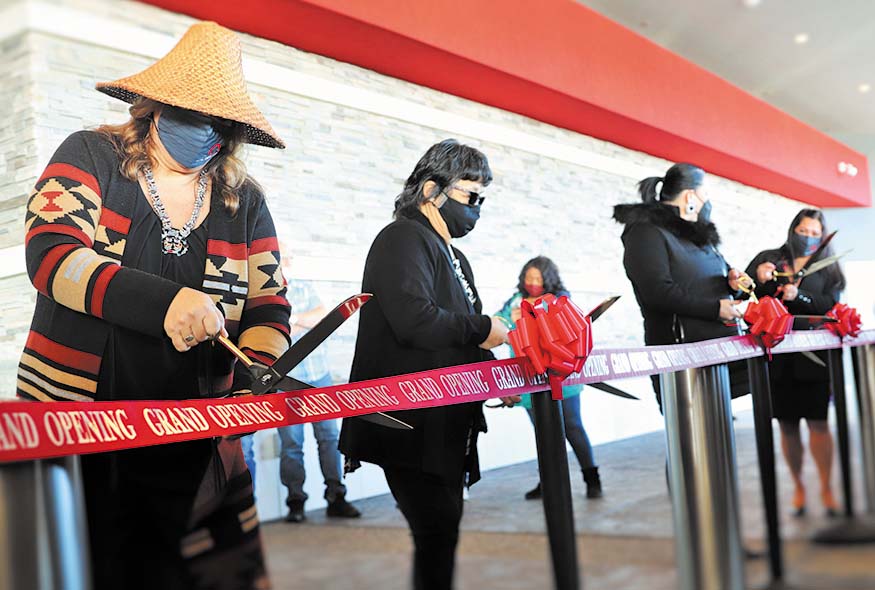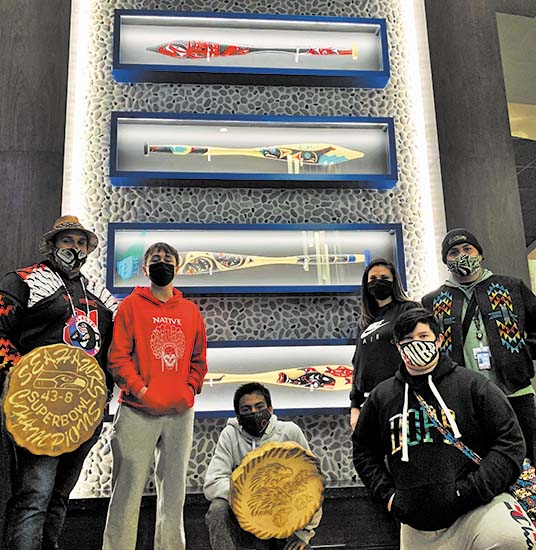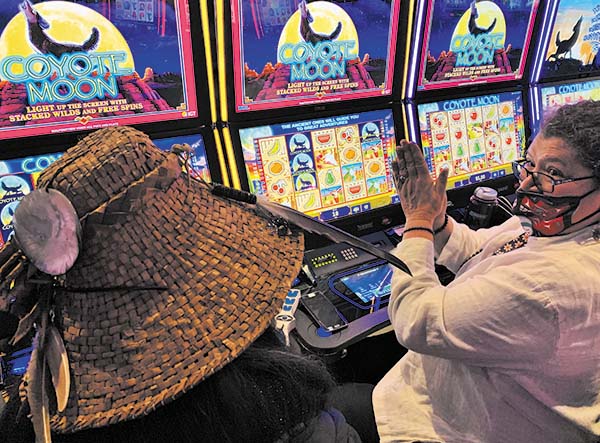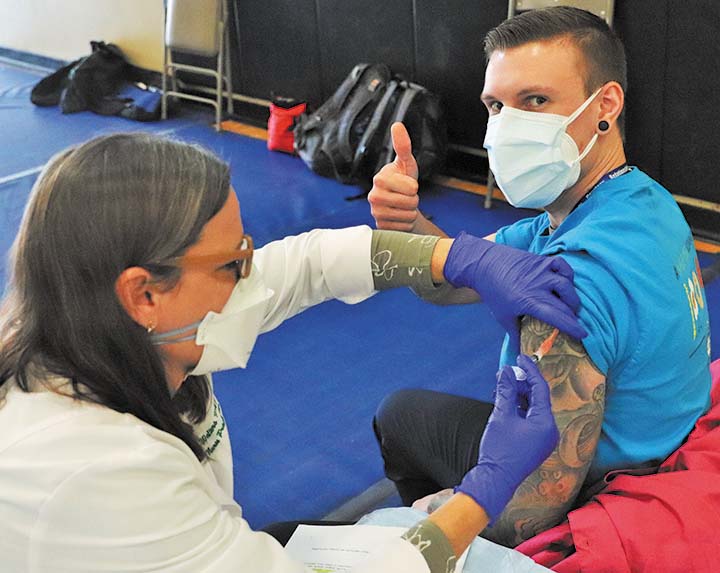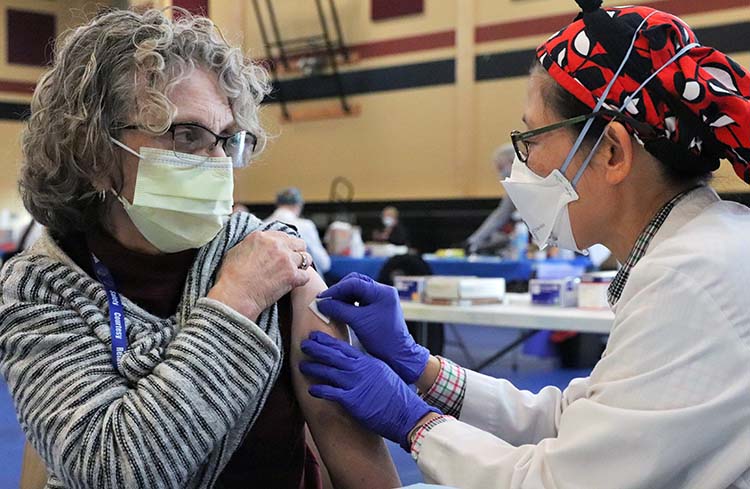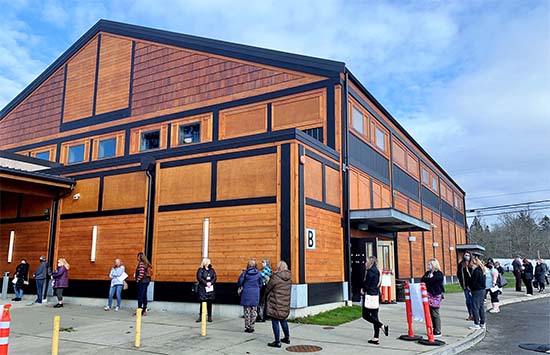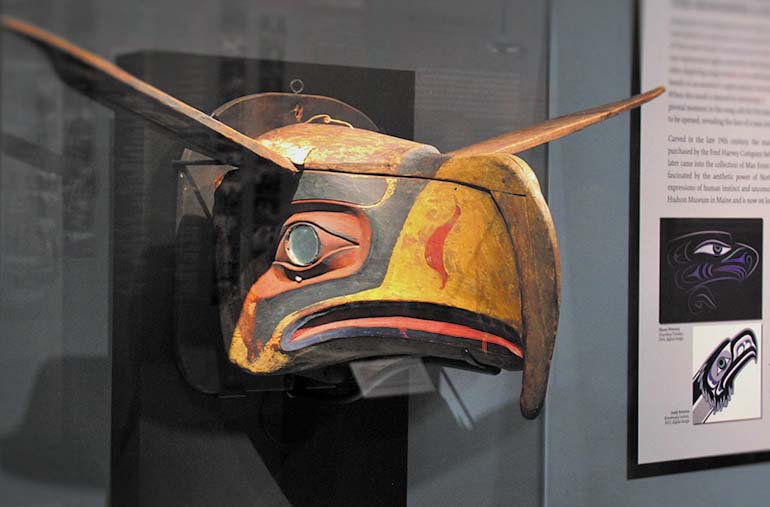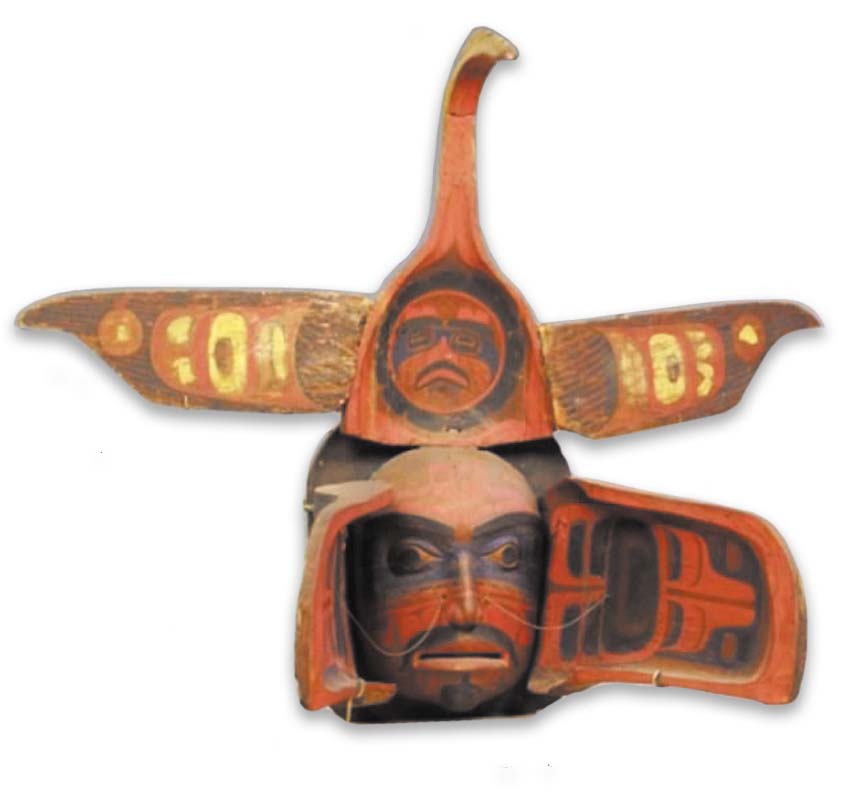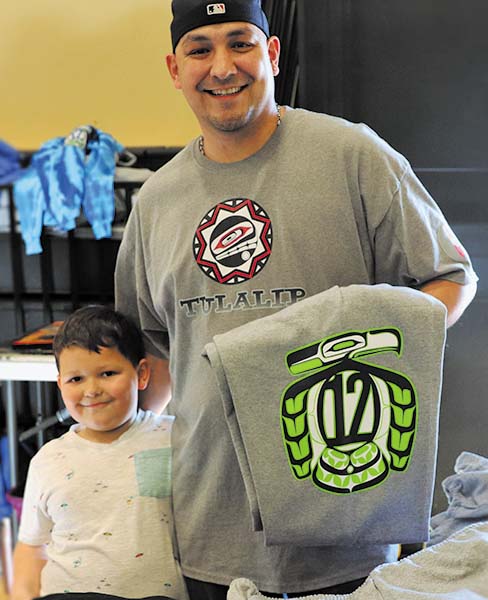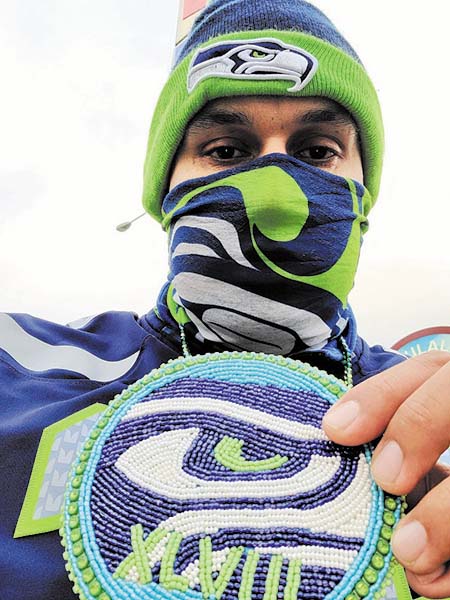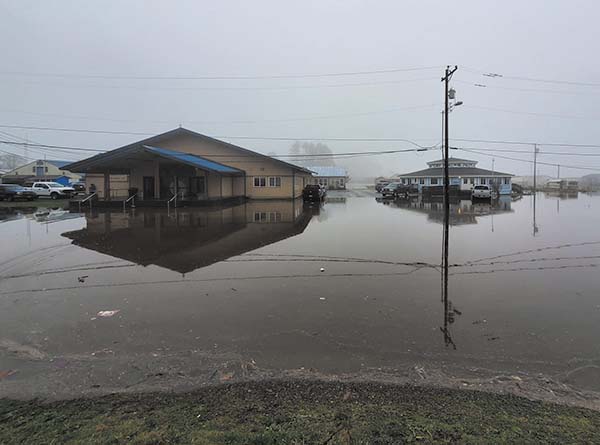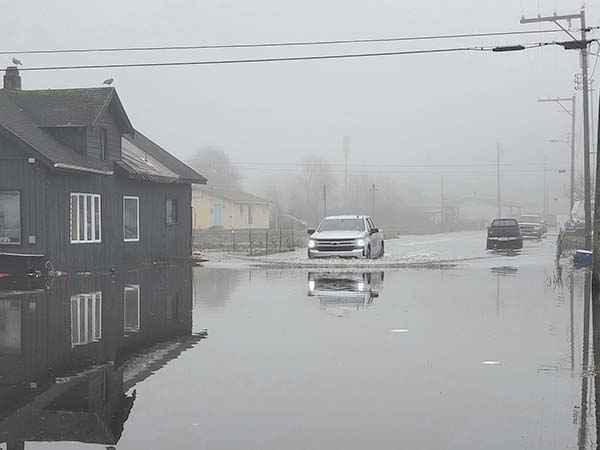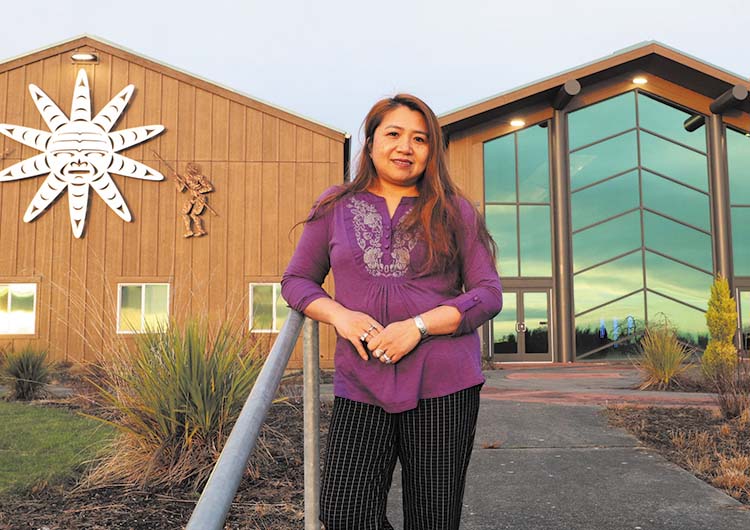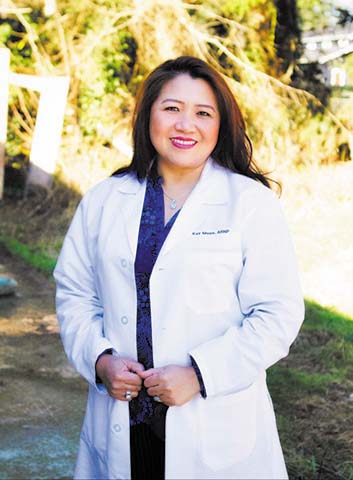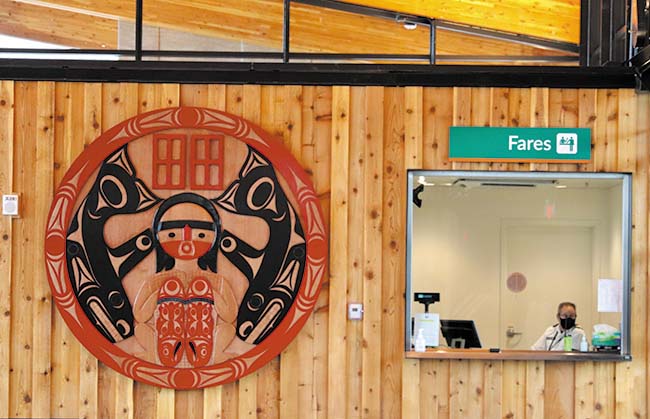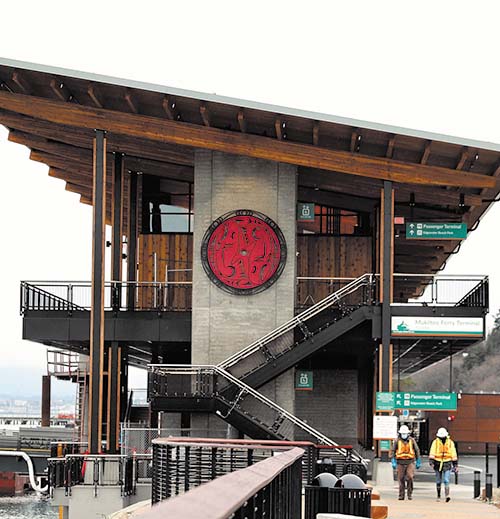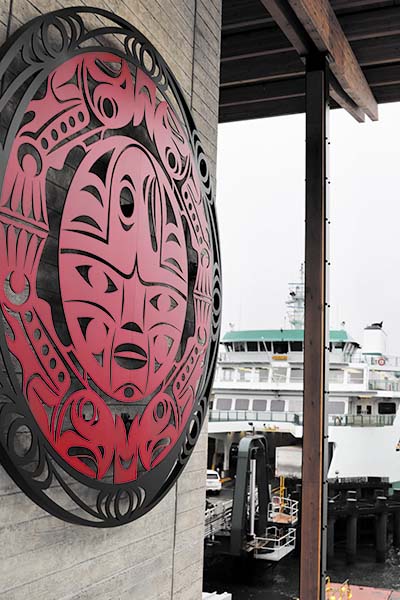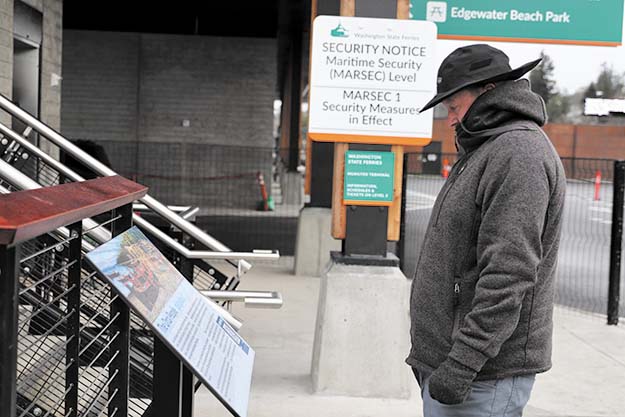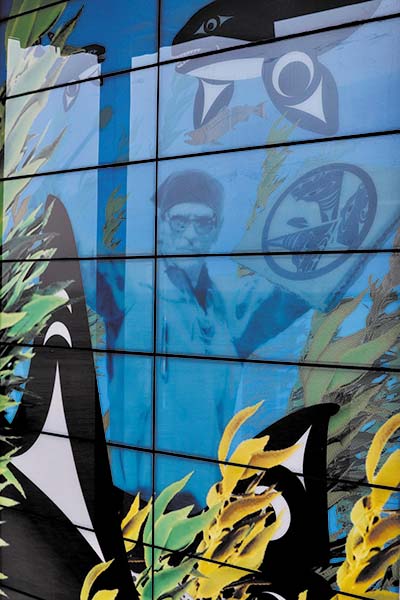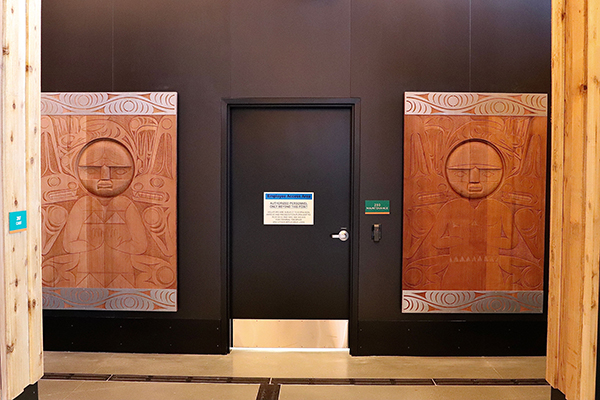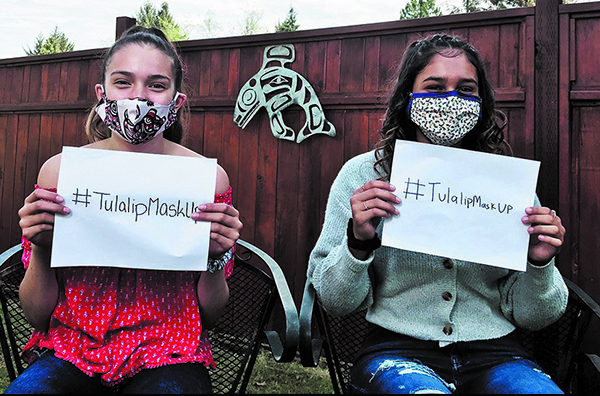
By Micheal Rios, Tulalip News
Recounting the early days of COVID-19 bursting onto the global scene feels like a blur. A mangled mess of breaking news relying heavily on public health officials deploying then-foreign concepts like novel coronavirus, asymptomatic, presumptive positive, contact tracing, self-isolation, and lest we forget, telling the public to stop hoarding toilet paper.
For many people in Tulalip, and all over the world for that matter, life will never return to the way things were pre-COVID. From devastating losses to new norms, like mask mandates and social distancing, to the Tribe’s reopening process and vaccine distribution, we take a look back at twelve months of adapting to the new normal.
March 2, 2020
The Snohomish County Health District states the risk of contracting Coronavirus is very low. The Board of Directors and the core team meet for a strategic planning session about the Coronavirus. They begin to implement a plan to ensure the safety of our community.
March 3, 2020
Tulalip leadership received notification of two community residents transported to local hospitals with similar symptoms to COVID-19. Out of an abundance of caution, public notice is sent out. The notice states coronavirus is generally considered a mild illness in most healthy individuals. It also states the elderly, those with underlying health conditions and those will compromised immune systems may be severely affected by the virus.
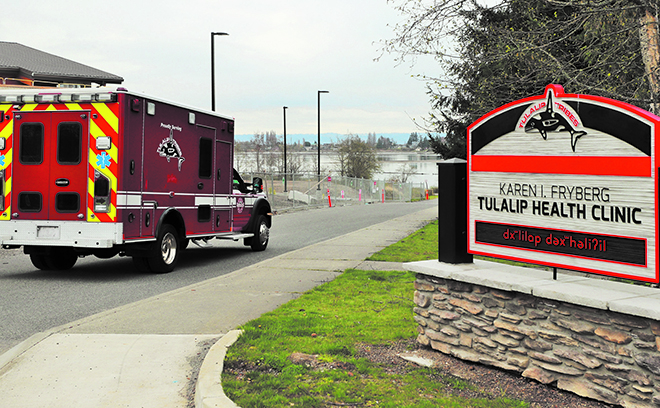
March 13, 2020
The U.S. President declares a national state of emergency. A triage tent is set up at the entrance of the Tulalip health clinic where patients are asked a series of questions, offered hand sanitizer and, depending on their symptoms, offered a mask. The community is urged to disinfect high touch surfaces, wash hands often, and refrain from touching your eyes, nose and mouth.
March 16, 2020
The decision is made to close Tulalip Resort Casino, Quil Ceda Creek Casino and Bingo gaming operations through March 31. Tulalip’s emergency management team is actively working with Snohomish County and Washington State response teams. Effective immediately both Tribal Government and Quil Ceda Village reduce working personnel to essential staff only.
A community-led food distribution gives away 5,000 pounds of food to tribal members in just one hour.
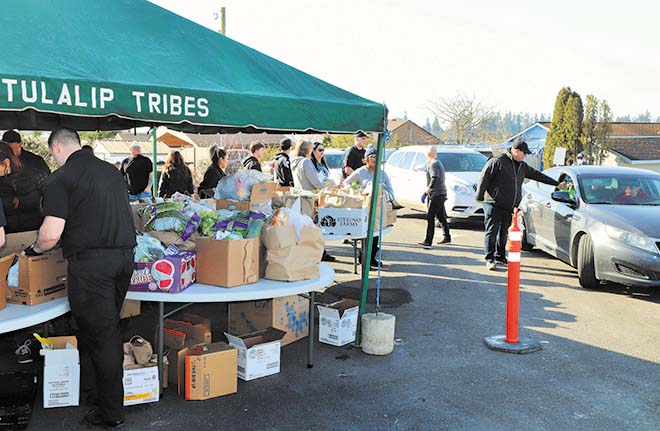
March 23, 2020
Tulalip leadership received notification of two more confirmed positive cases of Covid-19 within the Reservation. One showed symptoms, while the other was asymptotic or showing no symptoms. This highlighted the need to stay home and stop visiting, hugging, or interacting with anyone other than those in your household.
Community Health begins working with Tulalip Bay Fire on contact tracing. All Tulalip facilities, including outdoor areas like neighborhood parks, skate park and ball fields, are closed.
March 25, 2020
Emergency Order: Stay Home and Stay Healthy is proclaimed by Tulalip Board of Directors until further notice. Community is informed of six confirmed cases of COVID-19 on the Reservation, including it being a cause of death for one tribal elder.
Marysville School District staff distributed over 1,000 Chromebooks to their elementary-aged families.
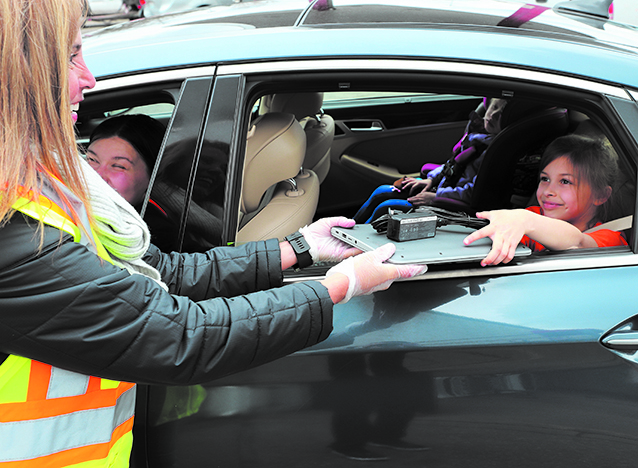
March 28, 2020
Tulalip authorizes code to order and enforce quarantines to protect the safety of the community. A resolution enacted within the code appoints Tulalip’s Dr. John Okemah as the authorized medical officers whereby he can issue detention, isolation, or quarantine of a person involuntarily for up to 14 days. Violation of an order can result in a civil infraction with a fine up to $1,000 or $500 per day in case of continuing infraction.
Tribe is currently operating on a skeleton staff. Most Tulalip entities closed on March 17. Mandatory furloughs set to begin on April 13.
April 3, 2020
Tulalip Health System begins offering telemedicine or video appointments via Zoom with medical providers, mental health therapists, and chemical dependency therapists. Tulalip co-funded an additional ambulance for Tulalip Bay Fire as part of COVID-19 response. This new until is responsible for transporting both Tulalip and non-Tulalip who are presumptive positive with virus for medical care.
Tulalip tribal member Georgina Medina starts her own mask making business. Her unique, Native-inspired masks are a huge hit and she sells them to customers from Alaska to California.
April 24, 2020
Karen I. Fryberg Health Clinic contracts with a local lab to conduct COVID-19 tests, which means test results are delivered in 24 hours or less.
Quil Ceda Elementary staff eagerly assemble for a positivity-filled parade through the Tulalip Reservation. The caravan featured 70+ cars decorated with loving messages to their students like ‘We miss you!’, ‘You are amazing’ or ‘Stay safe!’.
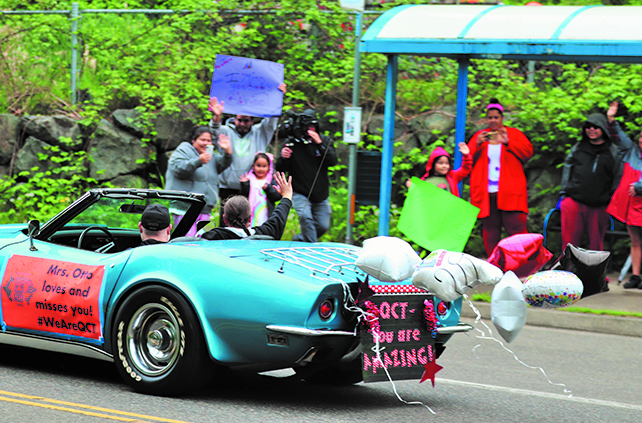
May 15, 2020
The Tribal Government furlough has been extended through June 30. When employees return to their offices, they will have their temperature checked as a precaution. They will also be asked to wear face masks, implement social distancing, and work staggered schedules.
May 26, 2020
In spite of Governor Inslee’s state-wide shutdown orders for all non-essential business, Tulalip exercises its tribal sovereignty and proclaims gaming operations essential. Tulalip Resort Casino and Quil Ceda Creek Casino both reopen at near 50% capacity. Hundreds of sanitizing stations and Plexiglas dividers now in place. Before anyone enters, visitors must have their temperatures taken and be wearing a mask.
June 1, 2020
Tulalip Reservation was the target of vandalism and looting. Approximately 40 people converged on Tulalip in an attempt to vandalize and loot businesses within Quil Ceda Village. Several suspects were arrested for criminal trespass, while others fled the property.
Over 1,000 community members from the Tulalip/Marysville area come together to peacefully march against racism. Near the march’s core was a cohort of Tulalips offering support through rhythmic drum beats and melodic song. Heartfelt messages written in Lushootseed were seen proudly displayed by both tribal and nontribal alike.
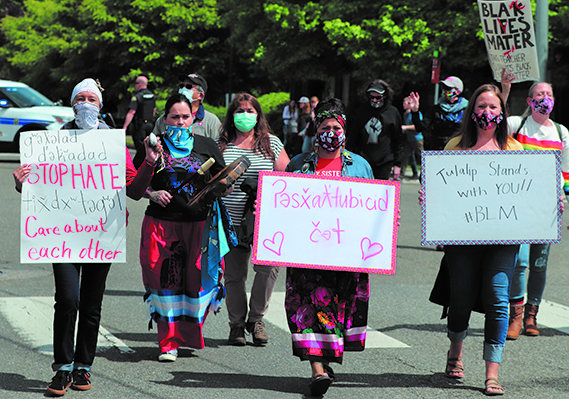
June 26, 2020
Tulalip is now in phase three of our reopening plan. After 42 days with no positives, Tulalip has two new cases test positive and three other suspected cases pending test results. City of Marysville and Snohomish County both seeing an uptick in positive tests.
Health Clinic now has two types of COVID-19 tests on hand, the nasal swab test for those with symptoms (results in 24 hours) and a blood-based antibody test for those without symptoms (results in 15 minutes).
Thousands of customers from all over the Pacific Northwest journey to Boom City seeking the perfect purchase consisting of child friendly sparklers and, of course, the thrilling sights and sounds of more advanced fireworks.
July 30, 2020
Tulalip Health Clinic had its first staff member test positive for COVID-19. Out of an abundance of caution, the Clinic went through an after-hours deep clean using cutting edge technology and processes. The most common symptoms of COVID include fever, cough, shortness of breath, and fever.
October 8, 2020
We continue to have community upticks in COVID. Our total number of positives for the month is 15. The current trends shows teens and young adults make up the majority of positives. Drive-through testing is being done on-site at the Health Clinic.
The Tulalip distance learning sites (Youth Center and B&GC) continue to adapt and find creative ways to provide additional support to our students. Both locations are a safe space for students to access the internet, connect to WI-FI, or use a desktop.
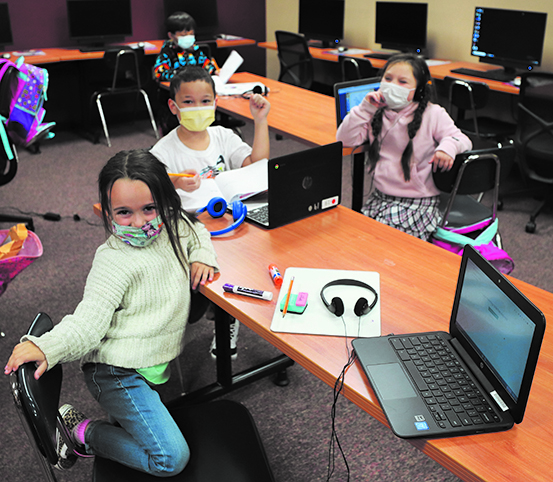
October 16, 2020
Tulalip has the highest number of active cases to date. The majority of our positives are in their teens and 20s. This is particularly dangerous because many younger patients are asymptomatic or have very mild symptoms, yet they are very much contagious.
November 13, 2020
Although Tulalip’s numbers have remained steady, surrounding communities are skyrocketing. Local hospitals are seeing unprecedented numbers of COVID patients. With the holidays approaching, we are worried about the future. Governor Inslee has implied further restriction may be coming if we can’t reverse the trend.
November 17, 2020
Tulalip Board of Directors proclaims updated public health restrictions. The following measures are ordered: all tribal gaming operations will operate at reduced capacity and now be smoke-free, all restaurants and retail stores limited to 25% capacity, and funerals limited to outdoor, graveside services only.
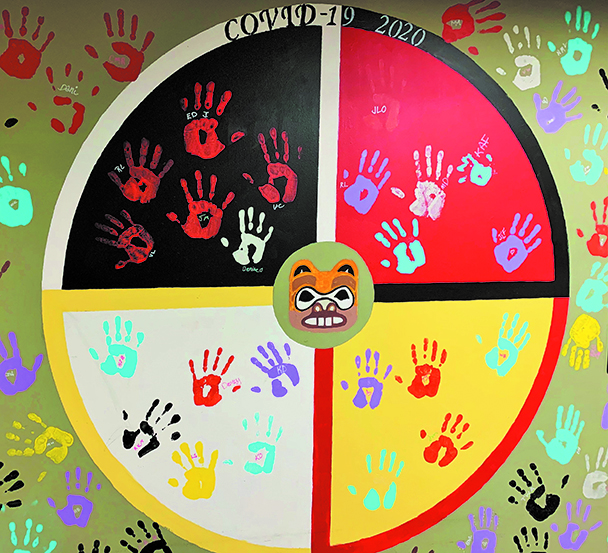
November 23, 2020
Tulalip’s COVID cases are surging. Currently have 40 active cases, with about a third of them related to a cluster outbreak. It is bad news because it highlights the growing COVID fatigue in our community before some of the biggest travel and gathering days nationally.
December 4, 2020
Tulalip has 52 active COVID cases. That means one out of every 100 Tulalip citizens is currently ill with COVID. We know there are more positives than our numbers show. According to the CDC, symptoms can appear anytime between 1 and 14 days after contact. A negative test does not mean you do not have the disease. In particular, rapid tests are known to give false negatives.
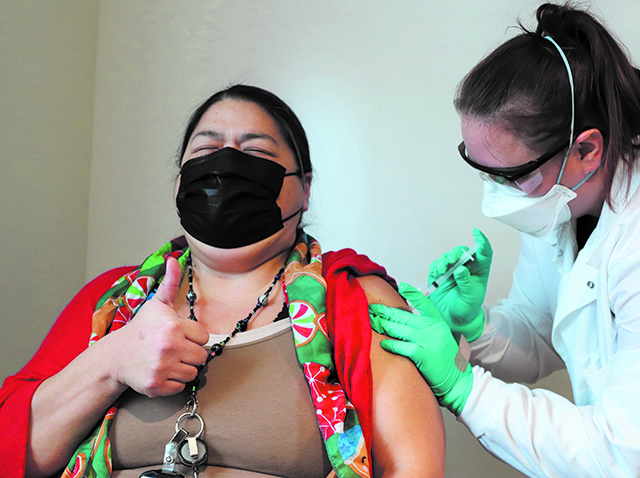
December 23, 2020
Tulalip Health Clinic is full of hope and excitement as the first doses of the much heralded Moderna Vaccine are administered to Tulalip’s most vulnerable. The immediate recipients are Tulalip’s elders, most high-risk citizens, first responders, and frontline healthcare workers.
January 5, 2021
COVID-19 is surging on the Reservation. Following the winter closure and holiday break, Tulalip has 16 confirmed active cases, 51 suspected via contact tracing who are home isolating, and 5 confirmed deaths related to the virus.
New 126,000 square foot Quil Ceda Creek Casino opens to much excitement. The $125 million casino and parking garage is packed to maximum allowed capacity under COVID-19 cautionary guidelines.
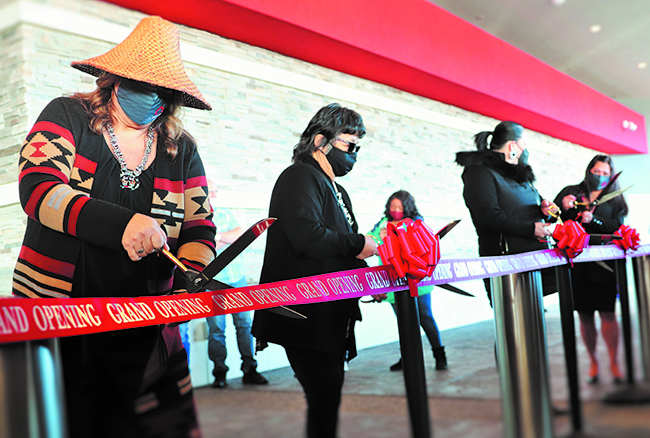
January 29, 2021
Coronavirus surge continues as statistics show Tulalip has 35 active cases, 75 in home isolation, 3 hospitalized and 6 deceased. On the plus side, 3,842 total vaccination have been administered since Moderna Vaccine arrived just weeks ago.
Entire Marysville School District is offered an opportunity to travel into the heart of the reservation to visit the makeshift vaccination distribution center that is the Tulalip Youth Complex. Hundreds of teachers and support staff accept the Tribe’s vaccination offer.

February 23, 2021
For the first time in 8 months, Tulalip has zero active cases. A huge accomplishment following nearly two months of surging confirmed cases, even more presumptive positives self-isolating, and 7 elders lost. A whopping 7,820 vaccinations have been distributed at the Health Clinic and 27% of eligible Tulalip tribal members have been vaccinated.
A community-led cleanup crew removes over 2,000 pounds of litter from Tulalip streets. An estimated forty volunteers sacrifice time from their weekend to beautify two mile stretch of Turk Drive.
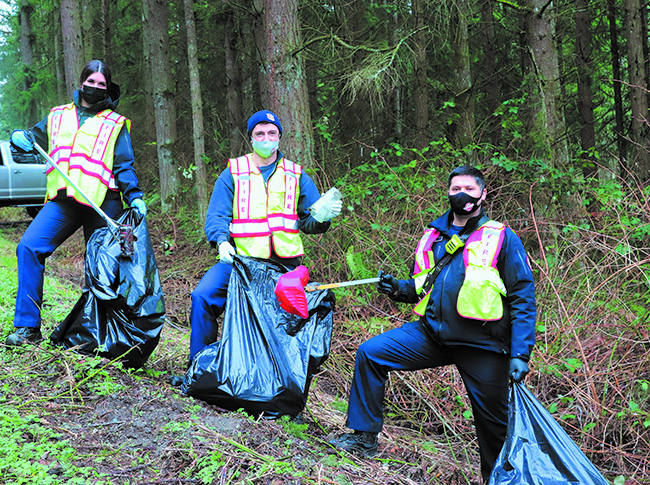
March 9, 2021
Tulalip has only 2 active cases. It’s reported that 311 Tulalip citizens have recovered from their battle with COVID, while the loss of life remains at 7 elders. A stunning 10,074 total vaccinations have been administered and 34% of eligible tribal members have been vaccinated.
And here we are, back to present day. One whole year went by in a flash of State-ordered shutdowns, mask mandates, and sanitizing frenzy. Along the way, the Tulalip community rallied around self-determination, embraced tribal sovereignty, and found a new sense of shared strength and resiliency. Business is back to normal, well the new normal anyway.
Tulalip Chairwoman Teri Gobin, while reviewing everything that’s occurred over the past twelve months, reflected “To say this past year has been challenging is an understatement to say the least. It was a very scary time, especially in the beginning of COVID, for everyone. As a leadership team, we tried our best to make the best decisions for our people with information that was constantly changing. Our priority was always the safety of our people and ensuring our culture would survive.
“It was amazing to hear stories of our community members helping each other and offering critical support for those who needed it most,” she continued. “From buying and delivering groceries to those who were homebound, making masks and hand sanitizer for those in need, and meeting the needs of our elders, the strength and commitment showed by our people was tremendous. We didn’t know what the future would bring, and still we got through one of the most difficult times in our history together, as a community.
“Looking forward, I’m very optimistic,” Teri added. “We’ll continue to get through this time and when it’s over our future will be even brighter. The last year has given us fresh perspectives on the needs of our membership and presented us with big opportunities for new economic development. More than anything, we’ve realized how much gathering means to our culture and once we’re able to have our gatherings again, safely, I think Tulalip will be reenergized and establish an every stronger connection to our traditions.”

